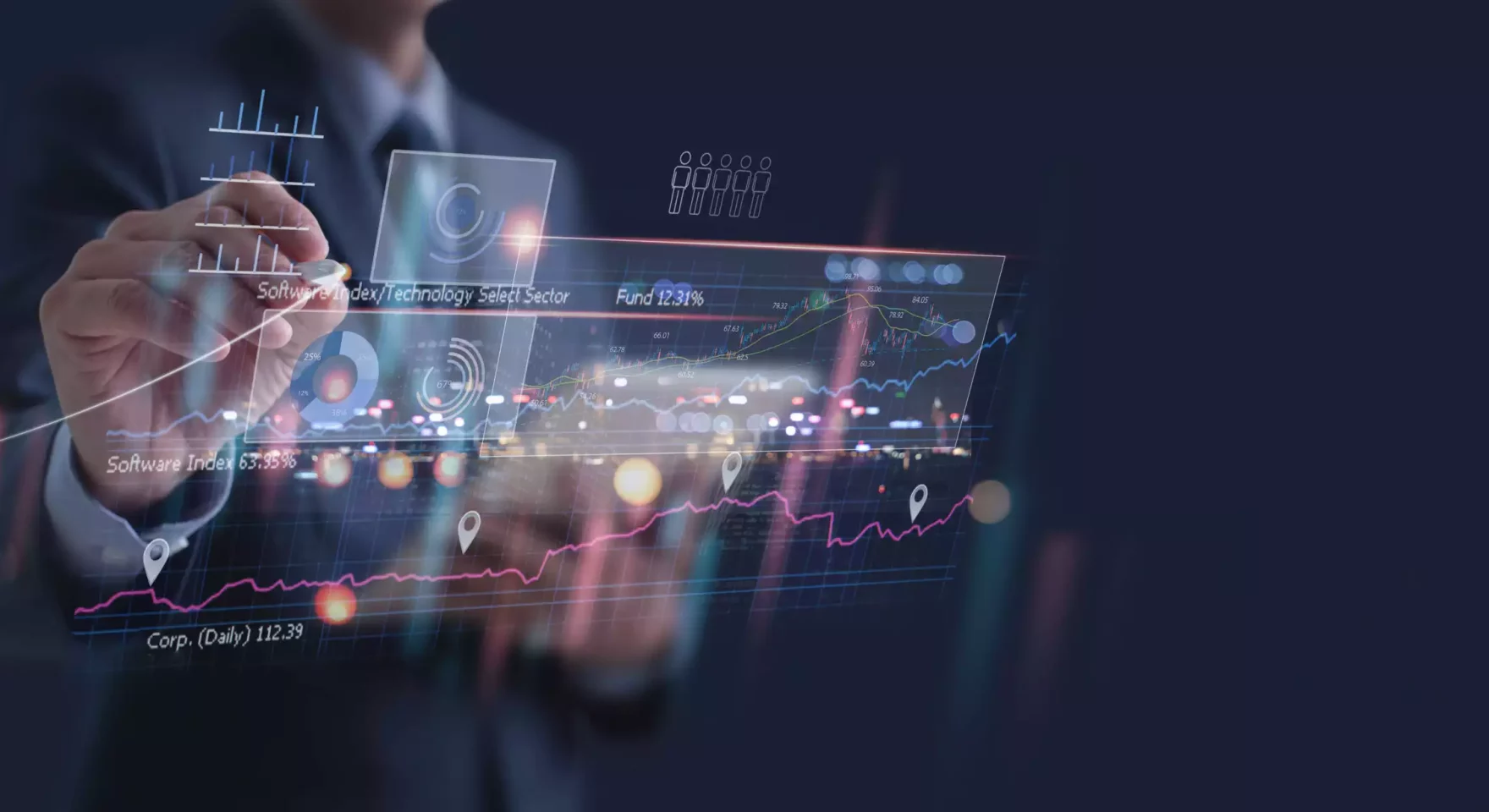Industries are always in flux. In recent decades, progress has picked up speed as a result of new technologies. And this trend isn’t slowing down, in fact, it’s speeding up. There are a few key players that are shaping the future of the business world.
Mergers and acquisitions aren’t exempt from this trend. Emerging technologies have and will continue to become a defining factor in shaping businesses. Artificial Intelligence (AI), blockchain, and 5G are emerging as the linchpins in the intricate dance of many M&A deals.
Let’s dive deep into how these technologies are steering the course of M&A strategies.
Emerging M&A Tech: AI, Blockchain, and 5G
In this fast-paced tech-driven era, AI, blockchain, and 5G are not just buzzwords. They’re catalysts for change and unlocking value. These transformative forces are redefining the M&A landscape. Now, let’s break down their roles and impacts one by one.
The Role of Artificial Intelligence in M&A
AI is impacting industries in many different ways, and the world of M&A is no exception. AI technologies are emerging as silent but powerful partners. They’re revolutionizing the way we find, assess, and put together deals. Let’s unravel the many roles of AI in this ever-evolving realm.
AI’s role in M&A goes beyond mere automation; it’s a guiding force that’s reshaping entire deals. It can help with due diligence at every stage.
From the initial search for potential targets to the integration post-merger, AI can improve efficiency, and accuracy, and add a touch of predictive prowess.
AI-Driven Predictive Analytics to Find Deals
- Analyzing Historical Data: At the heart of AI’s influence in M&A lies machine learning algorithms to delve into historical data. This isn’t just about number crunching; it’s about finding useful insights from past deals, market trends, and other factors. This can help analysts and advisors in their decision-making.
- Unraveling Market Trends and Finding Targets: The intricate dance of algorithms allows for the unraveling of market trends. This helps you limit the noise and find better acquisition targets. This can come with a precision that traditional methods might miss.
Role of AI in Post-Merger Integration and Synergy
- Automation and Optimization of Workflows: AI doesn’t bow out after the deal is inked. Instead, it can take center stage during the post-merger integration phase. Automation becomes the cornerstone, improving workflows and processes for a harmonious blend of cultures and operations.
- Synergy Realization: Beyond automation, AI plays a pivotal role in orchestrating synergies. By finding overlapping functions, streamlining operations, and optimizing resource allocation, AI becomes the architect of a post-merger landscape. It can help you capitalize on the strengths of both businesses.
Blockchain Transformations in M&A Strategies
M&A deals are becoming more complex and data-driven. This is where another emerging technology is lending a hand. It’s helping to meet rising demands for security and trust.
Blockchain technologies are a revolutionary force. They’re helping to reshape the very foundations of how mergers and acquisitions unfold. Let’s delve into how blockchain is not just a tool but a transformative factor in the M&A world.
Blockchain Enhances Transparency and Security
- Key Player — Decentralized Ledgers: Blockchains operate as a decentralized ledger. They can provide a tamper-resistant record of every transaction. This not only reduces the risk of fraud and errors but also ensures that every move is accounted for and verifiable.
- Secure Haven for Asset Exchange: We live in a world where data breaches and unauthorized access are constant threats. Blockchains can serve as a secure haven for managing and verifying transactions. This can help ensure that transaction records remain immune to external threats.
- Code-Driven Automation: Smart contracts are self-executing contracts with terms written into the code. They can automate and enforce contract clauses, such as payment transfers or escrow releases, upon meeting predefined conditions. This can eliminate the need for intermediaries and also improve the accuracy and timeliness of deals.
- A Single Source of Truth: Blockchains ensure that all parties in the M&A process have access to a single, trustworthy source of transaction data. This transparency not only fosters collaboration but also eliminates disputes arising from disparate sources of information.
The Impact of 5G on M&A Dynamics
As M&A veterans know, pace can often dictate success. Time is often of the essence. The emergence of 5G technologies is not merely a leap but a bound into the future. It’s helping speed up access to info and improve deal-making. Let’s explore how 5G is more than just a network upgrade; it’s a catalyst reshaping the dynamics of M&A deals.
How is 5G Revolutionizing Connectivity and Communication?
Area 1: How 5G Impacts Target Selection in M&A
5G can bestow a competitive advantage upon companies. The speed and reliability of communication become huge factors in finding potential targets.
- A Need for Speed: In the competitive world of M&A, faster communication is not just a luxury; it’s a necessity. 5G provides a competitive edge, helping to make decisions swiftly and seamlessly.
- Better for Real-Time Data: The real-time nature of M&A transactions demands a network that can keep up. 5G’s ability to move real-time data becomes a game-changer.
- Real-Time Decision-Making: Time is money, and when every second counts, 5G improves access to real-time data. This empowers decision-makers to act swiftly and decisively.
- Bridging the Global Connectivity Gap: Companies eyeing expansion find targets with 5G networks more attractive. This not only ensures better connectivity but also aligns with the broader trend of globalized tech businesses.
Area 2: How 5G is Enabling the Growth of the Internet of Things (IoT)
The IoT is the heartbeat of a connected future, and 5G is the pulse that keeps it thriving. 5G’s low latency, high bandwidth, and efficiency are helping to improve IoT ecosystems.
- Efficient Sensor Networks: 5G’s low latency helps transmit sensor data with less of a delay. This helps with the creation of efficient and responsive sensor networks crucial for many IoT applications.
- Seamless Integration of IoT Devices: High bandwidth of 5G allows for the integration of many IoT devices. This helps data flow smoothly through a network, a big factor in M&A deals involving IoT-focused companies.
Conclusion
We hope that you’ve found this article valuable when it comes to learning about emerging technologies driving M&A activity. They have a huge impact on M&A and that will grow going forward. Of course, change is never easy to navigate. M&A deals are complex and it always helps to have a group of trusted advisors by your side.
If you’re interested in reading more, please subscribe below to get alerted of new articles as we write them.





